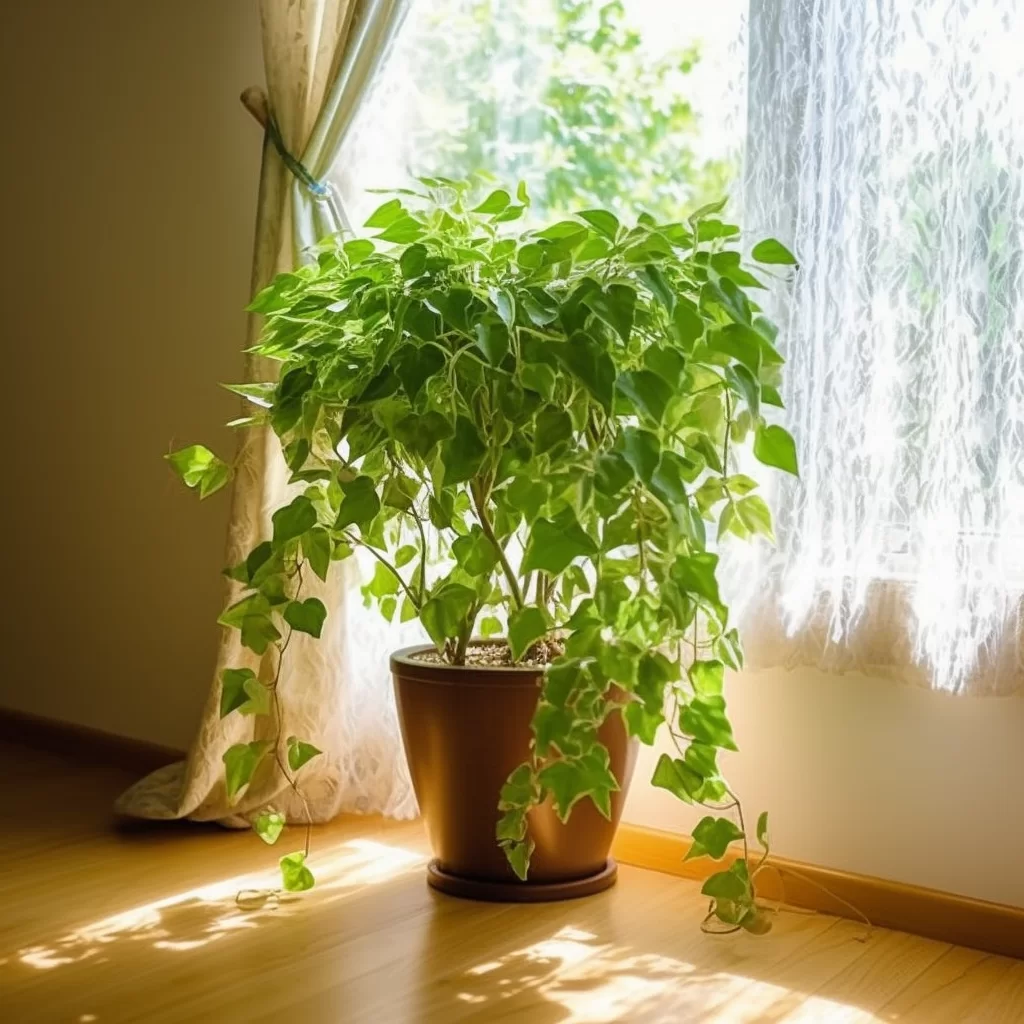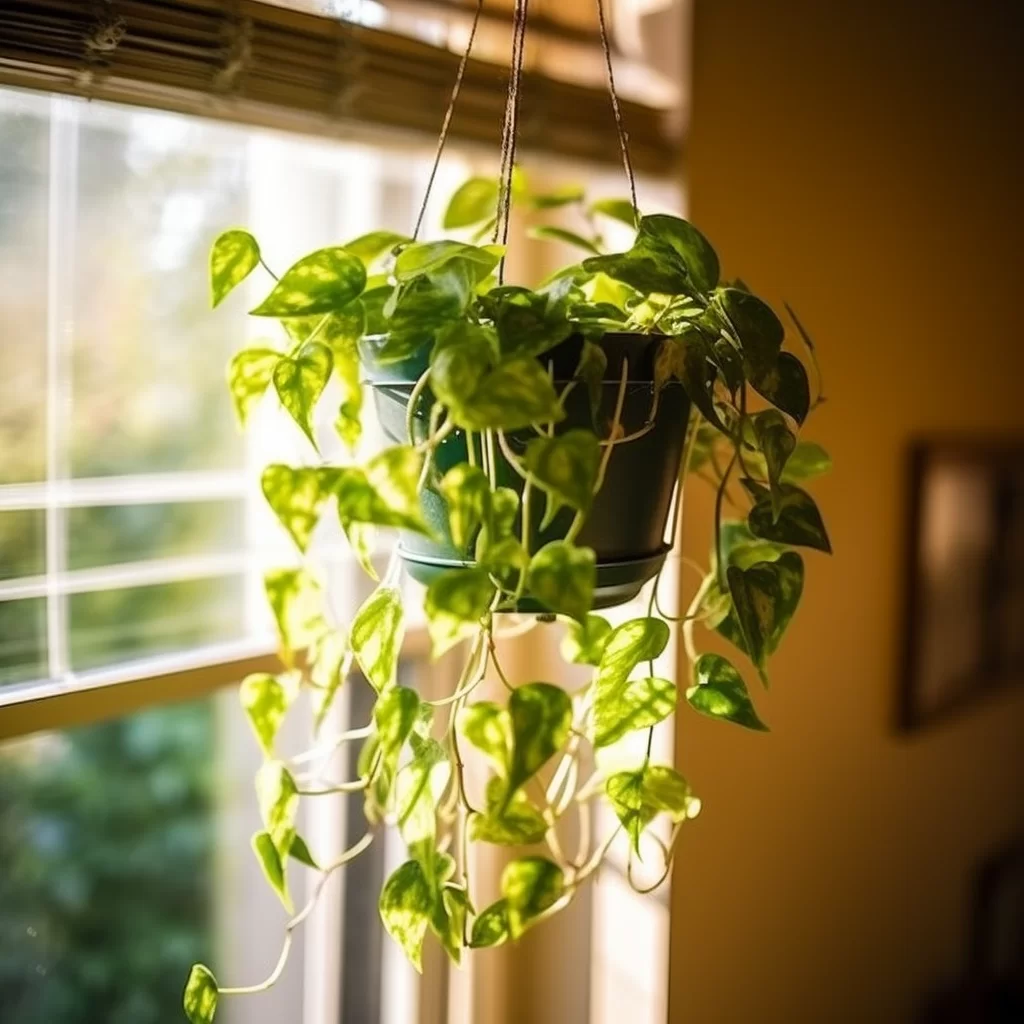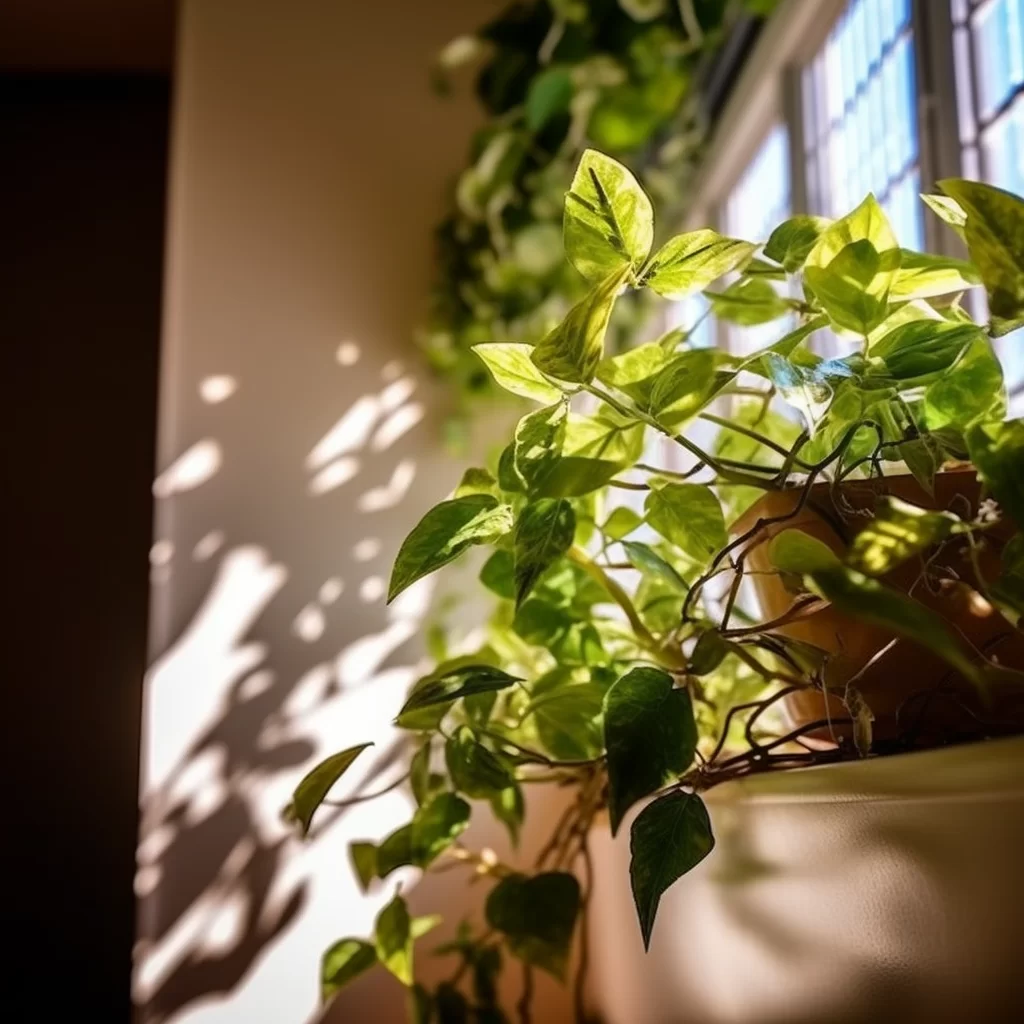Story of Day :
Contents
Indoor Ivy Plant: Complete Guide and Care Tips
Indoor plants have become increasingly popular over the years.
They not only add aesthetic value to our homes but also bring a sense of calmness and tranquility.
One indoor plant that has gained widespread attention is the ivy plant.
It is a classic houseplant that can transform any room into an oasis of greenery.
What is an Ivy Plant?
The ivy plant, also known as Hedera Helix, is a species of flowering plants in the family Araliaceae.
It is native to Europe, western Asia, and North Africa but has become naturalized in many parts of the world.
The ivy plant features glossy leaves with different shapes and sizes depending on its variety.
Why You Should Consider Having an Indoor Ivy Plant

The benefits of having indoor plants are numerous, but here are some reasons why you should consider having an indoor ivy plant:
- Ivy plants are easy to grow and maintain even for people without green thumbs.
- Ivy plants purify the air by removing harmful toxins like formaldehyde, benzene, and carbon monoxide from your home’s atmosphere.
- Ivy plants help regulate humidity levels in your home by emitting moisture through their leaves during dry seasons.
- Ivy plants add beauty to your space with their cascading vines or climbing tendrils that give your room a lively feel.
How to Care for Your Indoor Ivy Plant
Caring for your indoor ivy requires little effort on your part if you understand its needs:
Light Requirements
An indoor ivy thrives best in bright, indirect sunlight but can also tolerate low light conditions.
Avoid placing your ivy plant in direct sunlight as it can cause the leaves to burn and turn yellow.

Watering
Water your ivy plant once a week or when the top inch of soil feels dry.
Ensure that you don’t overwater or underwater your plant as it can lead to root rot or leaf drop respectively.
Soil
Ivy plants prefer well-draining soil that is rich in organic matter.
Use a potting mix that contains perlite, vermiculite, or sand to improve drainage and aeration.
Fertilizer
Fertilize your ivy plant once every two weeks with a balanced liquid fertilizer during its growing season (spring and summer).
Reduce the frequency during winter when the growth rate slows down.
Common Problems Associated with Ivy Plants

Ivy plants are generally resistant to pests and diseases but may face some problems like:
- Browning Leaves: This may indicate either under-watering or over-fertilization of your indoor ivy plant.
- Pests Infestation: Ivy plants may attract spider mites, mealybugs, scale insects, aphids amongst others.
Wipe off these pests using cotton swabs dipped in alcohol solution alternatively; use insecticidal soap to get rid of them entirely
- Lack of Growth:If you notice no new growth on your indoor ivy plant after several months despite adequate care, then check for any root-bound issues (i.e., roots growing out of bottom holes) and transplant into larger pots if necessary
In Conclusion
Indoor ivy plants are perfect for adding greenery and foliage to your homes.
They not only provide aesthetic value but also purify the air you breathe, regulate humidity levels, and improve your overall wellbeing.
Follow the care tips discussed in this article to ensure that your indoor ivy plant grows healthy and beautiful.